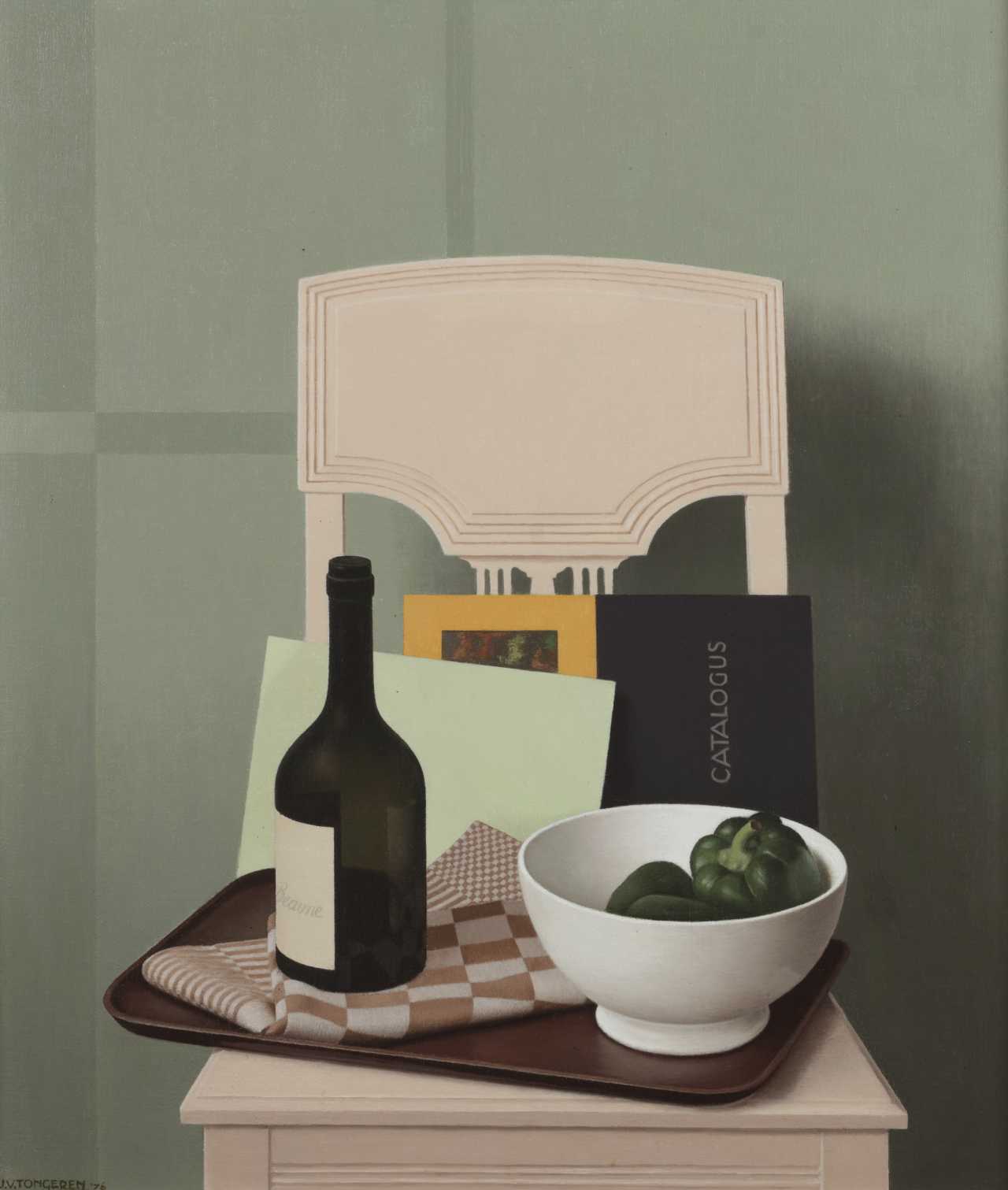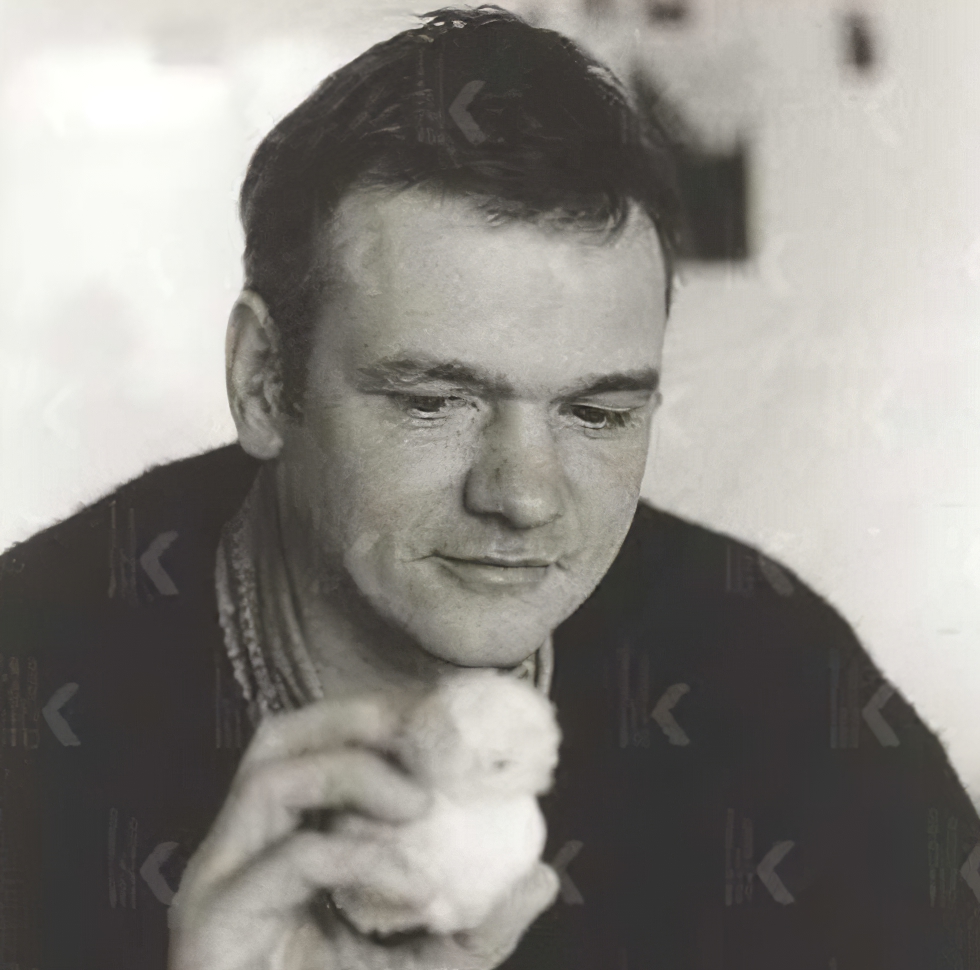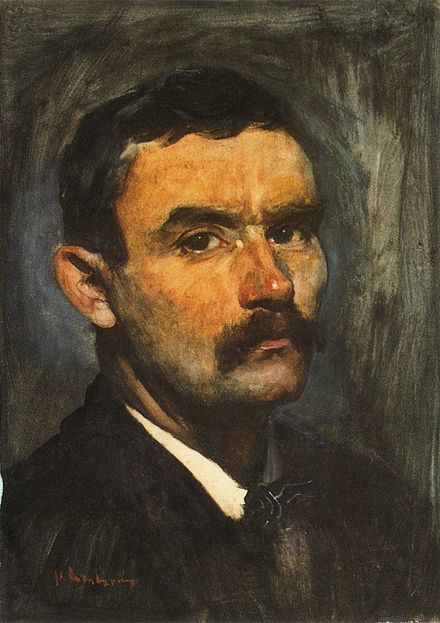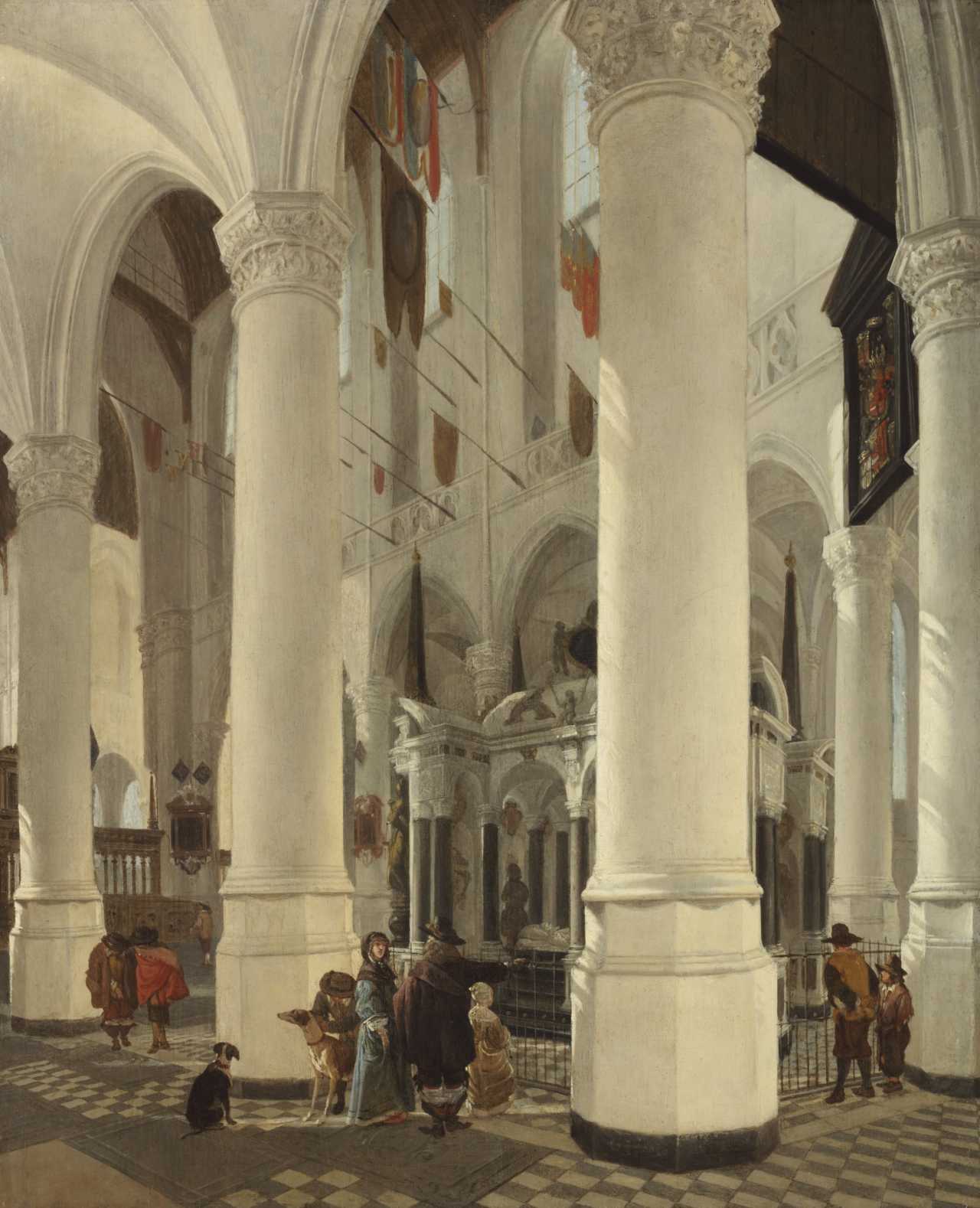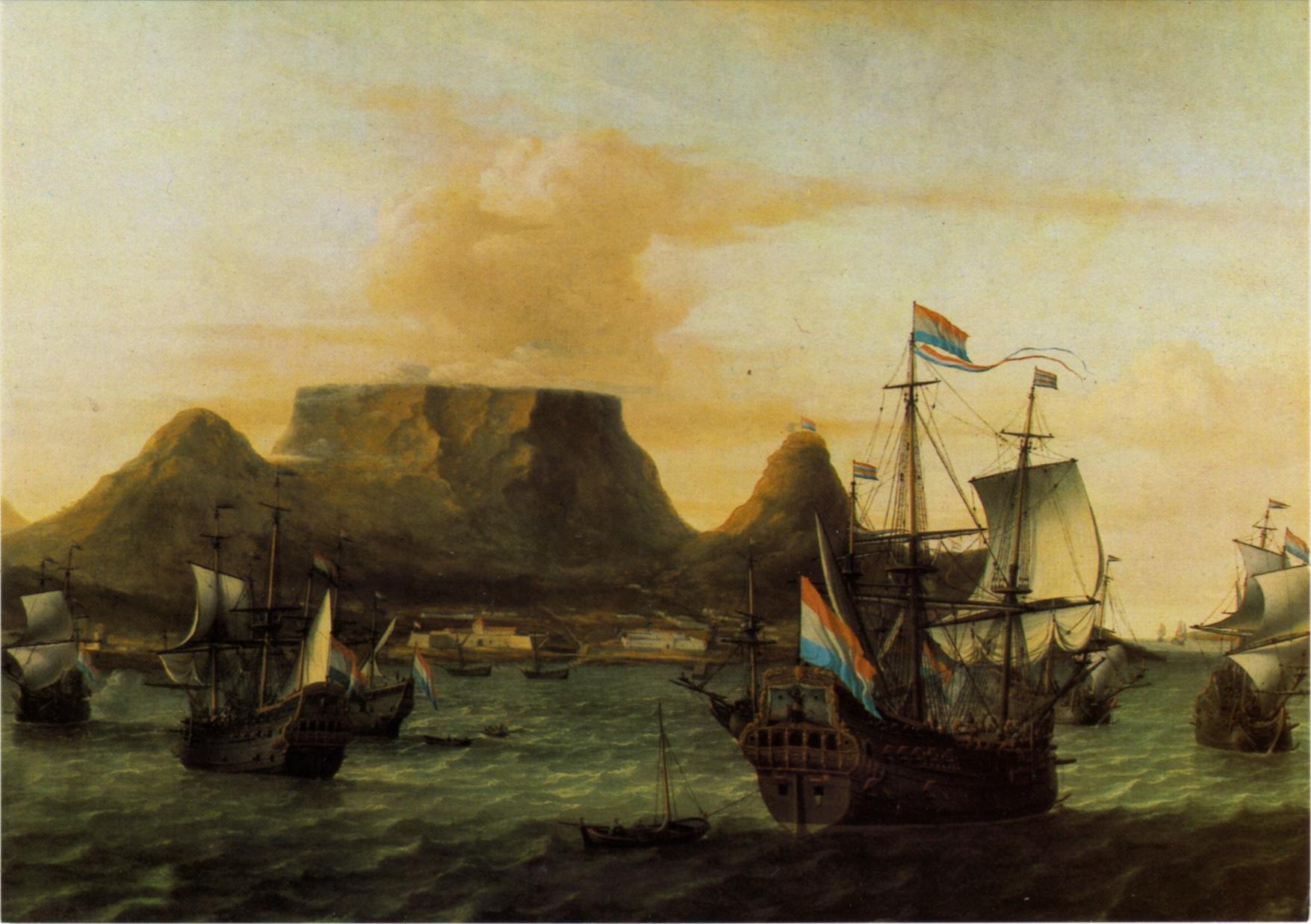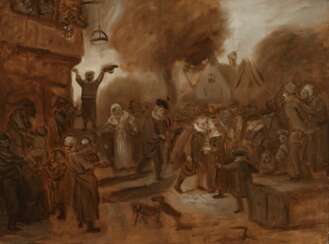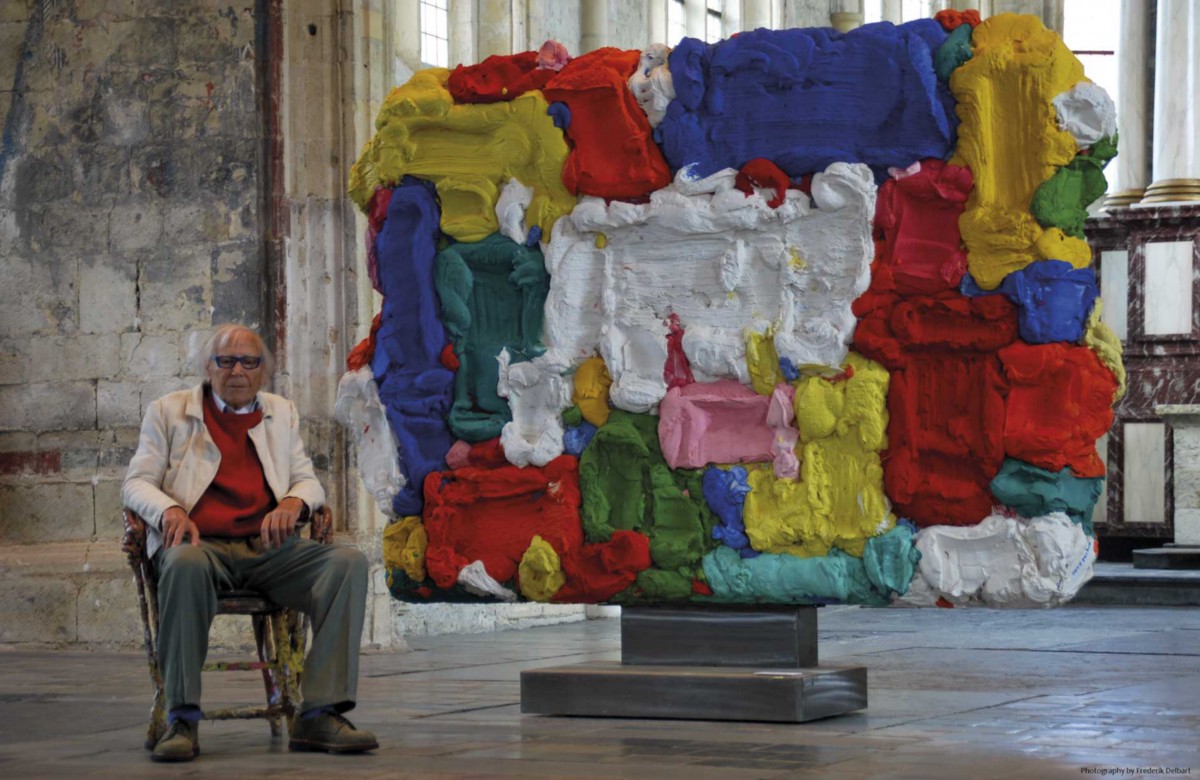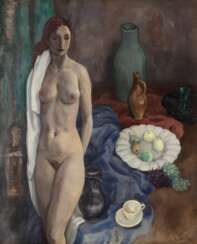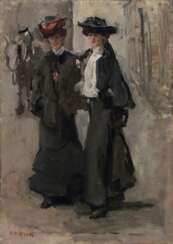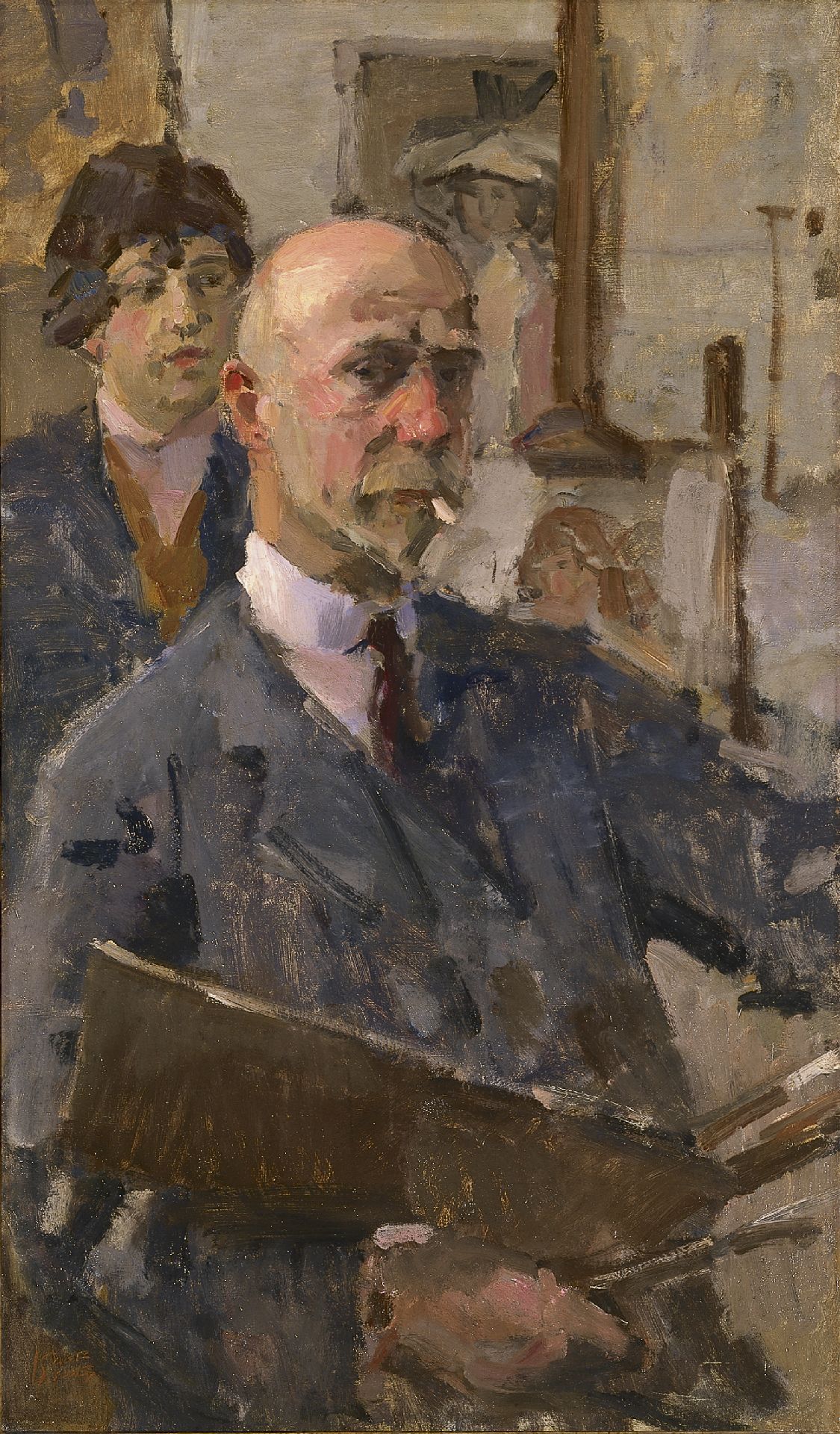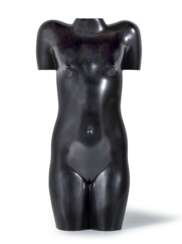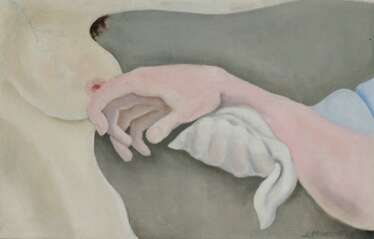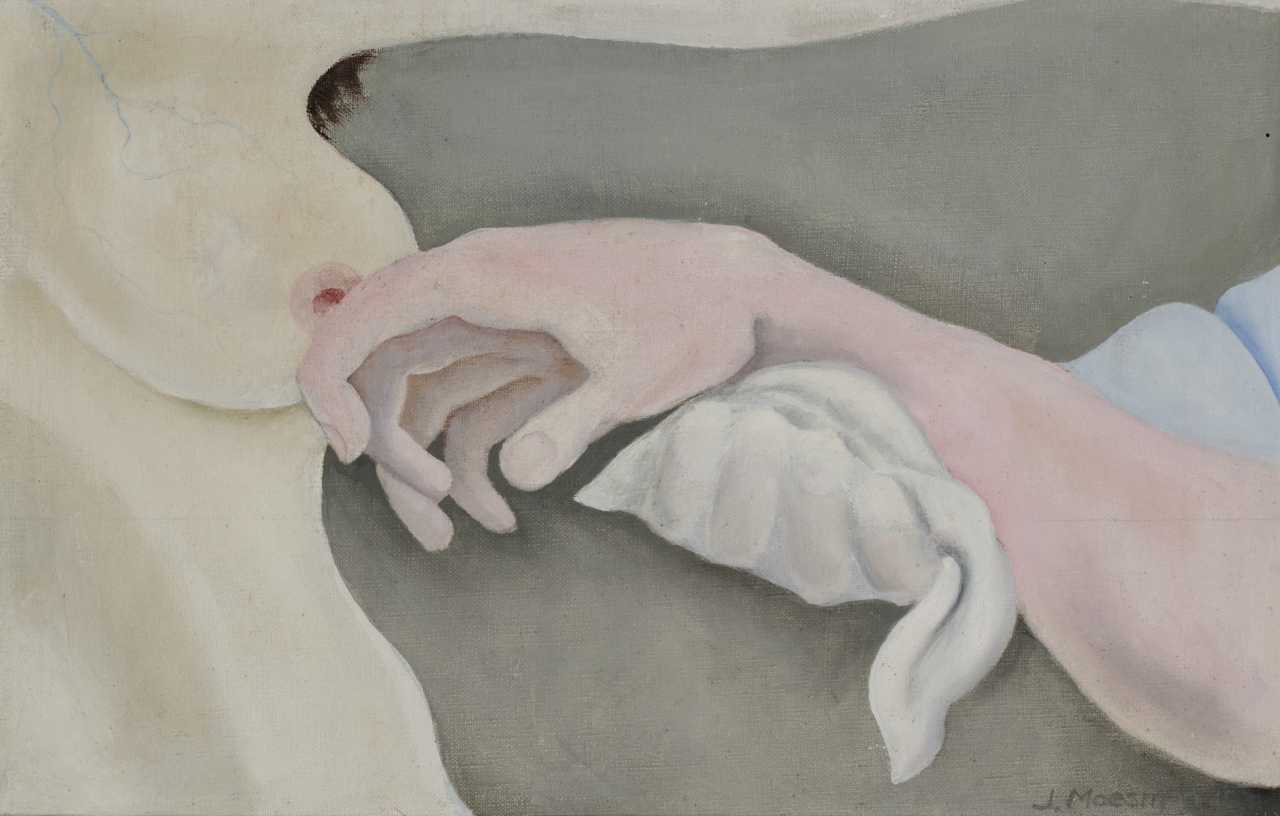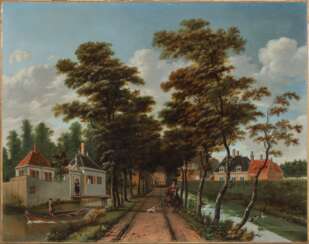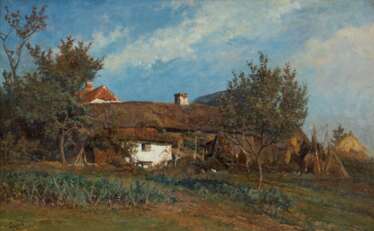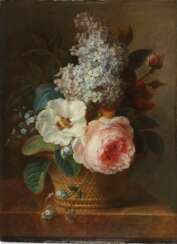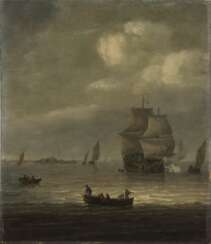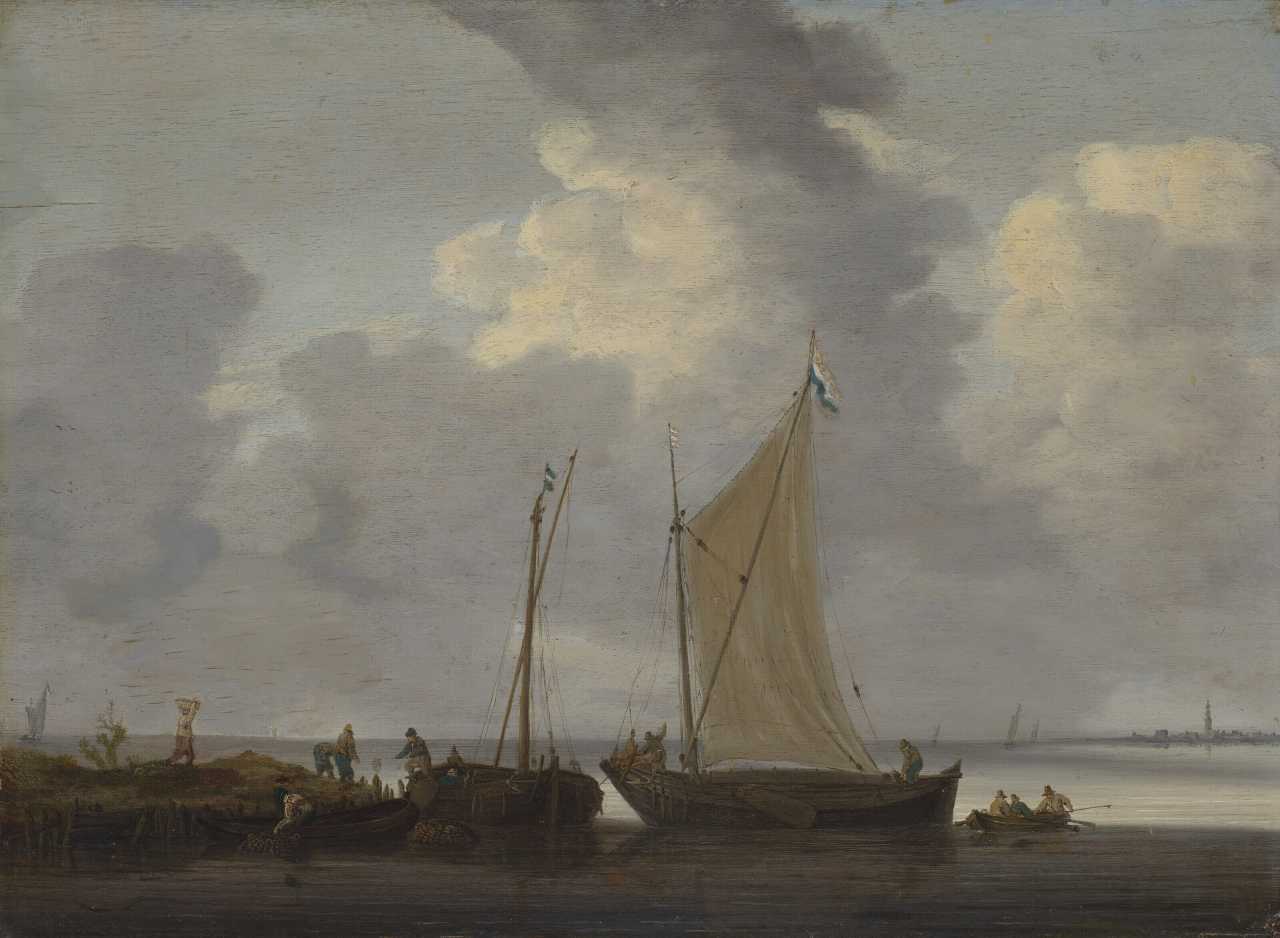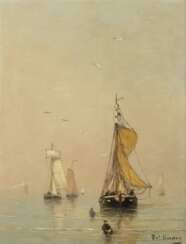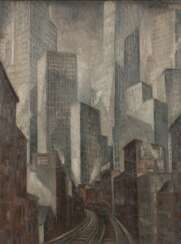
Made in Holland
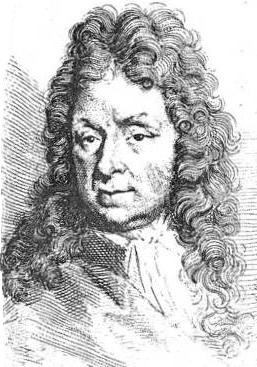
Melchior d'Hondecoeter was Dutch animalier painter, was born in Utrecht and died in Amsterdam. After the start of his career, he painted virtually exclusively bird subjects, usually exotic or game, in park-like landscapes. Hondecoeter's paintings featured geese (brent goose, Egyptian goose and red-breasted goose), fieldfares, partridges, pigeons, ducks, northern cardinal, magpies and peacocks, but also African grey crowned cranes, Asian sarus cranes, Indonesian yellow-crested cockatoos, an Indonesian purple-naped lory and grey-headed lovebirds from Madagascar.
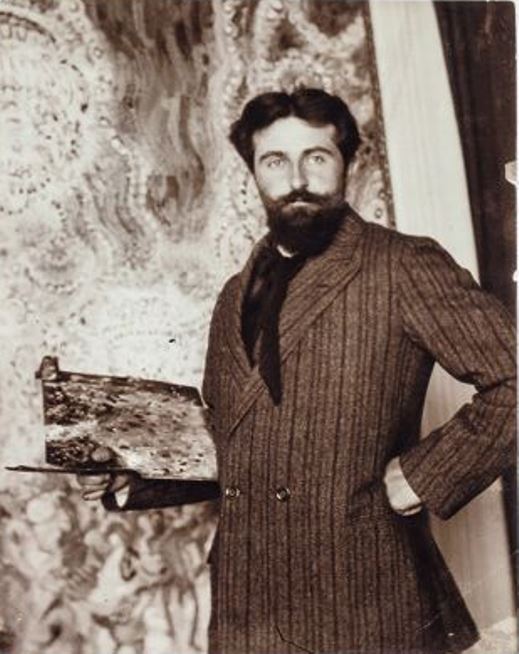
Jan Sluijters was a Dutch painter and co-founder of the Moderne Kunstkring.
Sluijters (in English often spelled "Sluyters") was a leading pioneer of various post-impressionist movements in the Netherlands. He experimented with several styles, including fauvism and cubism, finally settling on a colorful expressionism. His paintings feature nude studies, portraits, landscapes, and still lifes. His work was part of the painting event in the art competition at the 1928 Summer Olympics.

Rembrandt Harmenszoon van Rijn, a Dutch Baroque painter and printmaker, was born on July 15, 1606, in Leiden, Netherlands, and died on October 4, 1669, in Amsterdam. He is celebrated as one of the greatest storytellers in art history, acclaimed for his adept portrayal of human emotions and dramatic narratives. Rembrandt's extensive oeuvre includes portraits, self-portraits, landscapes, genre scenes, allegorical, historical, and biblical themes, as well as animal studies. His artistry shined during the Dutch Golden Age, a period marked by cultural and scientific achievements in the Netherlands.
Rembrandt's education in art began around the age of 10 when he left the Latin School in Leiden to train as an artist. He apprenticed with artists like Jacob van Swanenburg and Pieter Lastman, mastering various aspects of painting. He opened his own studio in Leiden around 1624 or 1625, sharing it with his colleague Jan Lievens. By 1631, he had moved to Amsterdam, where he achieved significant success and trained many important Dutch painters.
Among Rembrandt's notable works are "The Anatomy Lesson of Dr. Nicolaes Tulp" (1632), "The Night Watch" (1642), and "The Syndics of the Amsterdam Drapers’ Guild" (1662). He was also renowned for his self-portraits, creating around 80 over his lifetime, more than any other artist until the 20th century. These self-portraits were not just artistic endeavors but also experiments with facial expressions and lighting effects. Additionally, Rembrandt was a master etcher, transforming etching from a reproductive technique into an art form.
Rembrandt's painting style is characterized by its dramatic use of light and shadow, known as chiaroscuro. His ability to depict materials realistically was unparalleled; his portrayal of metals and fabrics was so lifelike that they appeared to glow and be tangible. He was also known for his impasto technique, applying paint thickly to the canvas, adding a three-dimensional quality to his works.
Despite his artistic prowess, Rembrandt faced financial difficulties and personal tragedies throughout his life. He declared bankruptcy in 1656, a downfall attributed partly to his extensive collection of art objects and curiosities. His masterpieces, however, continued to garner appreciation and influence generations of artists that followed.
For collectors and experts in art and antiques, Rembrandt's works represent a pinnacle of artistic achievement in the Dutch Golden Age. His mastery in portraying the human condition and his innovative techniques in painting and etching make his works highly prized and influential in the art world.
To stay updated on new product sales and auction events related to Rembrandt van Rijn, sign up for our updates. This subscription service is dedicated exclusively to news and events concerning works related to this unparalleled master of the Dutch Golden Age.
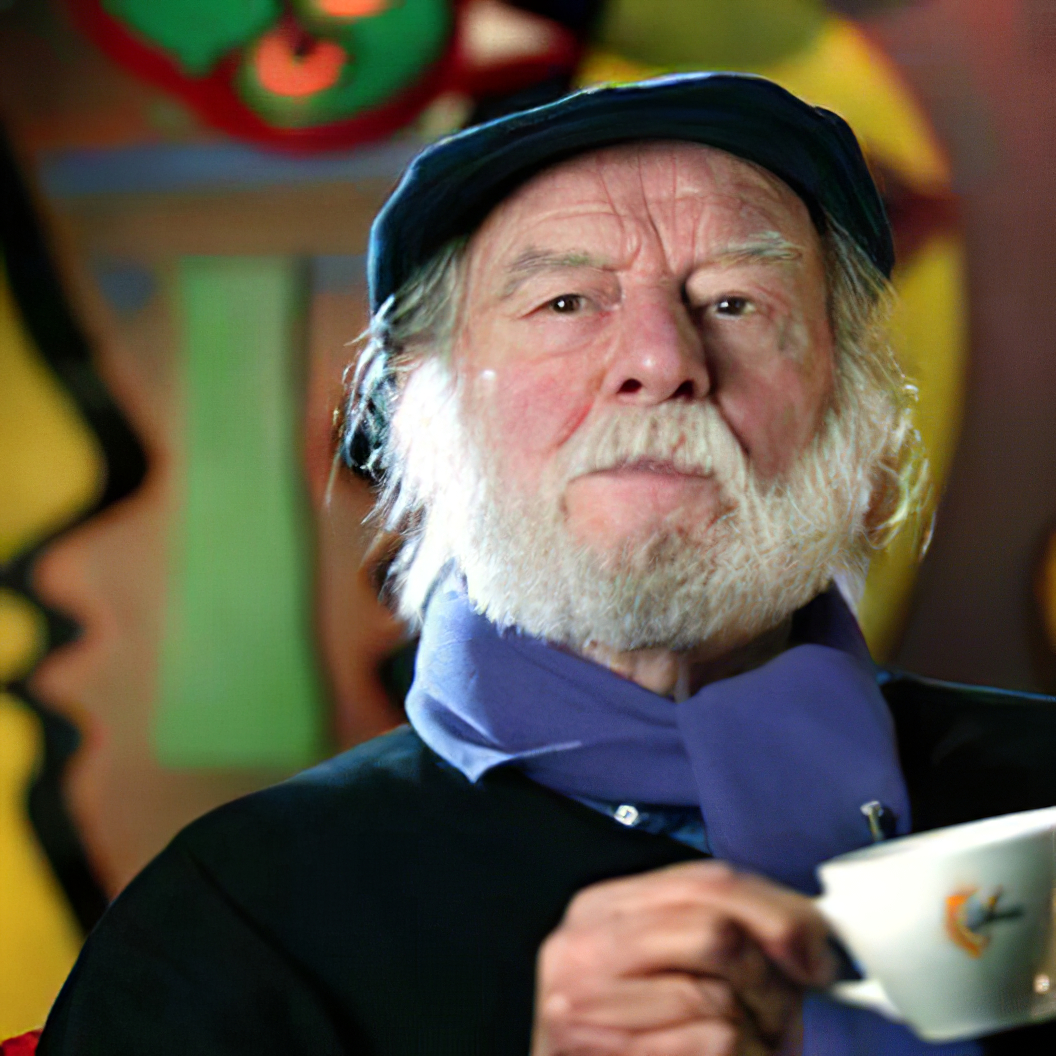
Corneille, born Cornelis Guillaume van Beverloo, was a Dutch painter, graphic artist, sculptor and photographer.
Corneille was one of the founders of the REFLEX movement and the COBRA group.
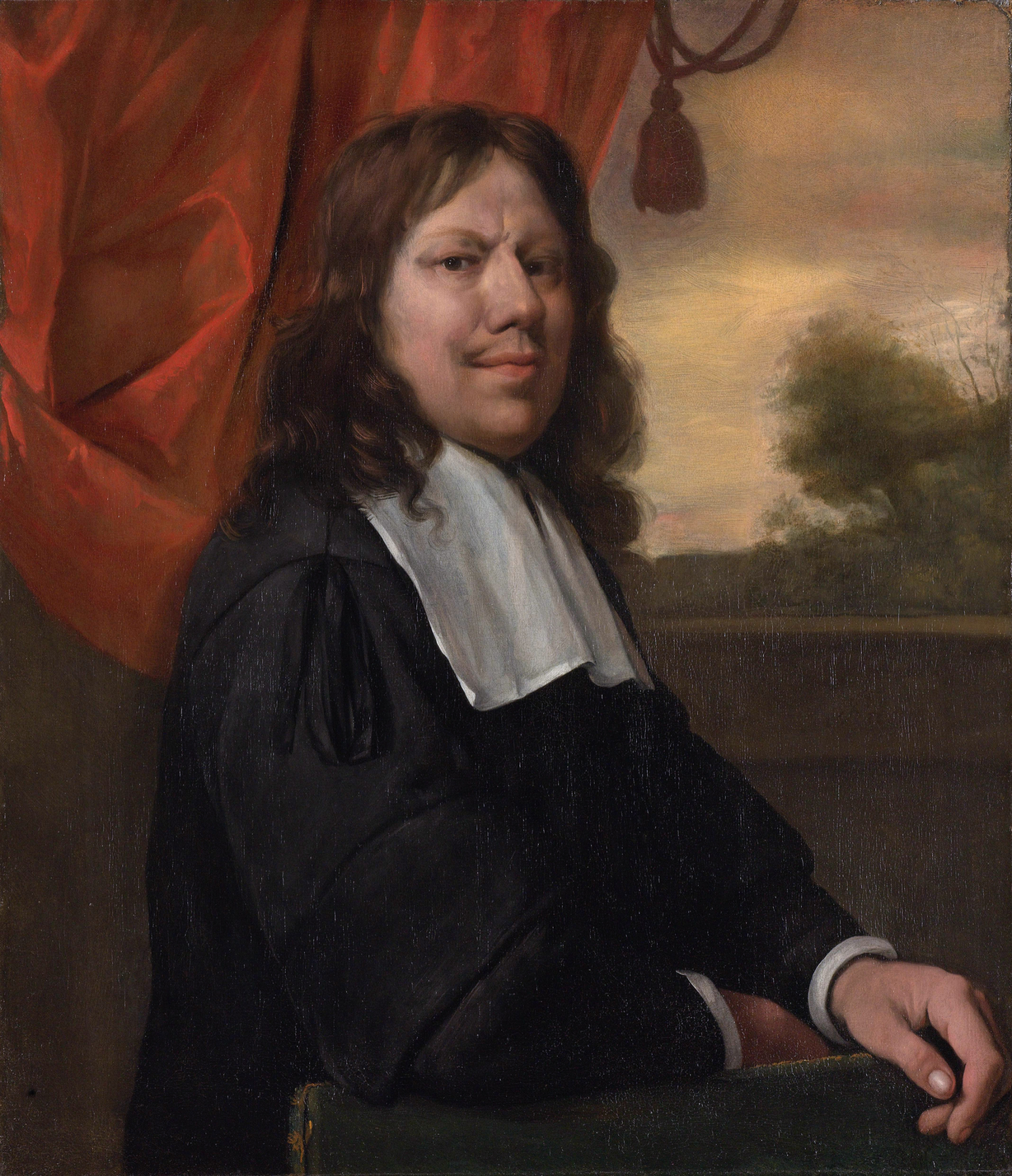
Jan Havickszoon Steen was a Dutch painter of the Golden Age, a member of the Harlem and Leiden Guilds of St. Luke. Steen is one of the most important Dutch genre painters of his time. Most of his several hundred paintings focus on human morality with the aim of teaching the viewer a moral lesson. They often refer to proverbs or old Dutch literary texts. In addition to genre paintings, Sten explored a variety of subjects: he painted historical, mythological and religious scenes, still lifes and landscapes.

Jan Sluijters was a Dutch painter and co-founder of the Moderne Kunstkring.
Sluijters (in English often spelled "Sluyters") was a leading pioneer of various post-impressionist movements in the Netherlands. He experimented with several styles, including fauvism and cubism, finally settling on a colorful expressionism. His paintings feature nude studies, portraits, landscapes, and still lifes. His work was part of the painting event in the art competition at the 1928 Summer Olympics.
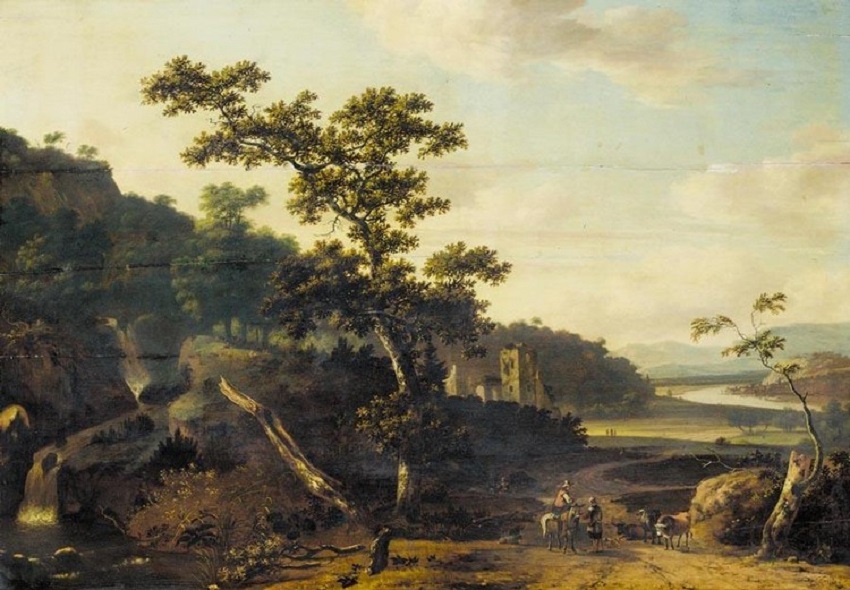
Jan Gabrielsz Sonjé was a Dutch painter of the Dutch Golden Age, specialising in landscapes.
Jan Gabriel Sonjé was a pupil of Adam Pijnacker. In 1646 he became a member of the Guild of St. Luke in Delft. And in 1654 he moved to Rotterdam.
Saunier painted vast expanses of mountain and forest landscapes, often in the Italian manner. His style is characterised by the clarity of the sky and landscape, with silvery clouds in contrast to the dark foreground. The trees are clearly distinguishable and the figures and animals are sometimes so well done that they remind one of Karel Dujardin. He also painted river landscapes in the style of Hermann Saftleven, but of a lower quality.


